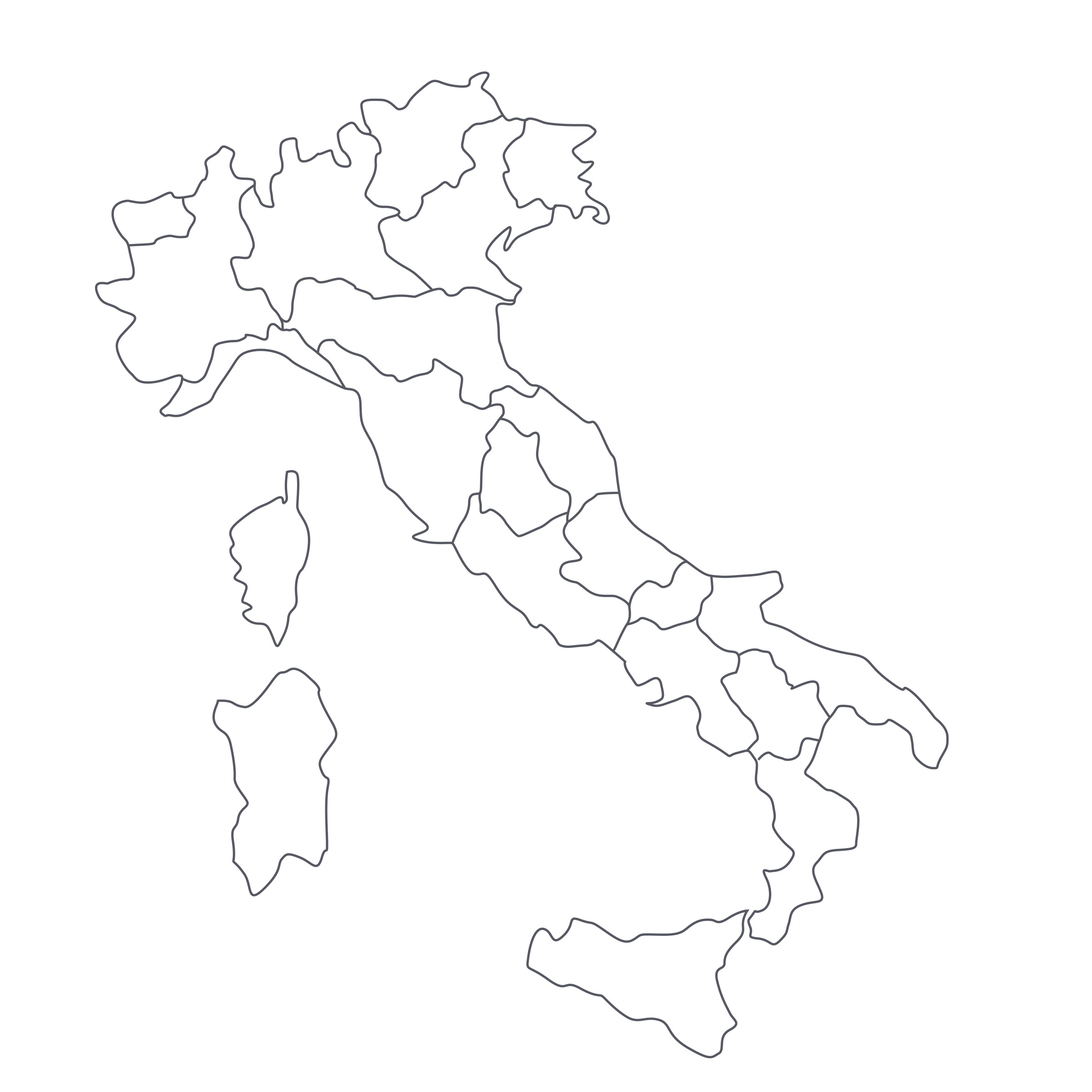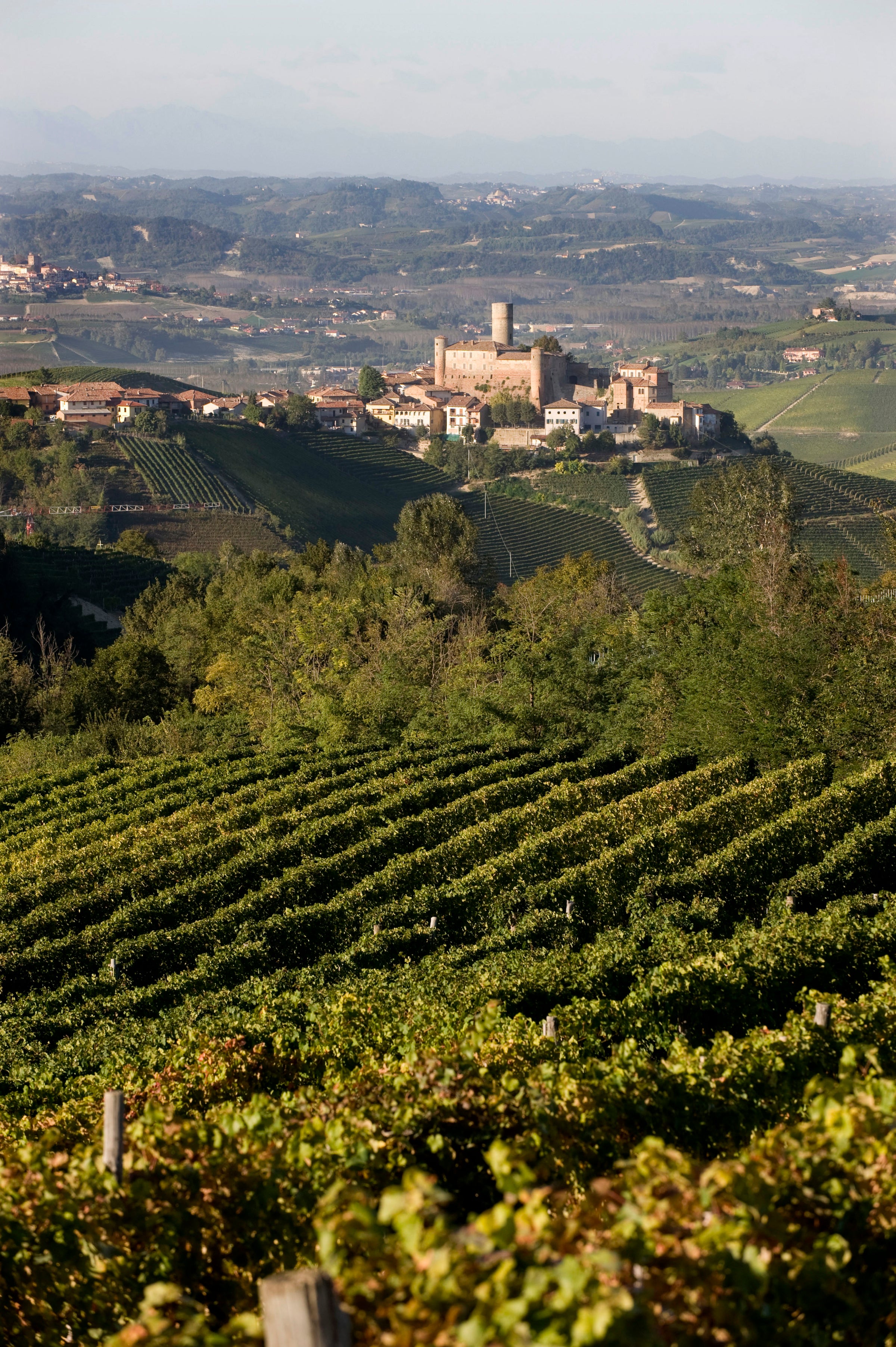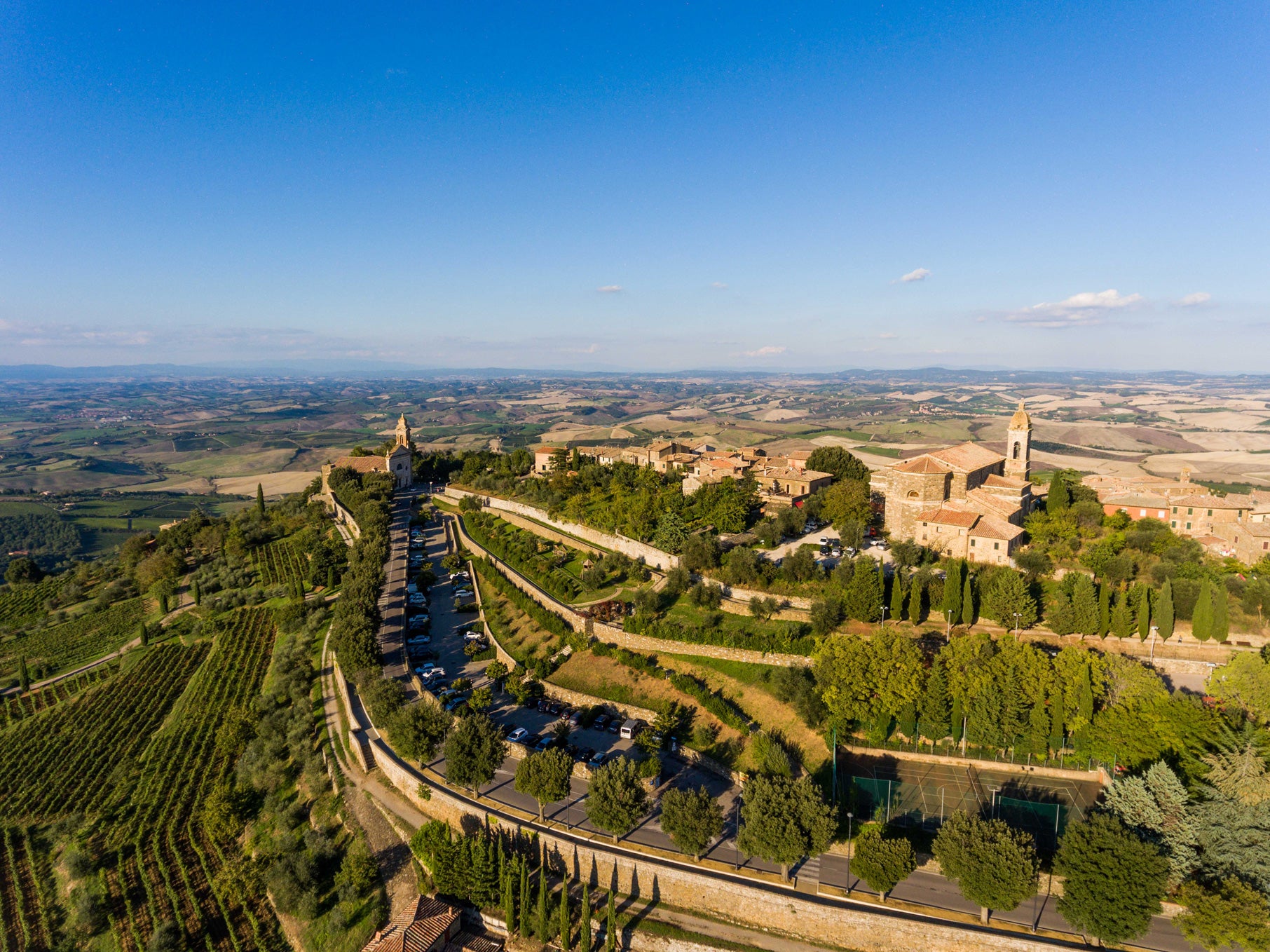This is a serious bottle of red. Not only will it outclass countless wines from its own territory costing twice as much, but I would be happy to plunk it down next to high-class collectibles from France, California, Spain, etc.
It would make me look good, I know that for sure, and at a price I can afford, no less—as respected as Italian wine has become in the US, especially from blue-chip appellations like Montalcino, there are still many under-appreciated, under-valued producers like Piancornello lurking around out there. I almost don’t want to tell you about them, but if you follow the wine press, you’ve likely heard the name and seen the raves for today’s 2013 Brunello di Montalcino. As someone who still considers a $50-plus bottle of wine “expensive,” I say this unequivocally: It’s worth every penny. In fact, when you factor in its palpable class, aging potential, and organic vineyard origins, it belongs in the “great value” discussion. Would you like to add a true blue-chip collector’s item to your cellar without going anywhere near three figures? This is your wine.
It is also a wine that exemplifies how Montalcino wines are evolving. For a long time now, Italian wine lovers have tussled over the question of whether “traditional” or “modern” Brunellos are better. So-called traditional styles have tended to be lighter in color (Sangiovese is not an intensely pigmented variety, and Brunello is meant to be 100% Sangiovese, so….) and aged in larger, older oak barrels (resulting in more oxidative notes, hints of cedar and smoke, and less noticeable wood tannins). The more modern styles have typically shown a darker cast, more extract and muscle, and a more prominent new oak ‘sheen’; at times, some of these wines have rather aggressive oak tannins when young. But I don’t think most Montalcino wines today fall neatly into one of these two camps—and Piancornello’s ’13 is a perfect example. It is clean, ripe, and polished, but it’s also earthy and smoky, and while it is indeed aged in larger-sized barrels, they’re not so old as to be funky, ancient artifacts of another era. To me, Piancornello’s is a “third way” approach that kind of renders the whole “modern versus traditional” question moot—it’s a clean, properly proportioned wine that captures the profound forest-floor savor of Sangiovese. Let’s leave it at that!
The Piancornello property is tucked away in the hamlet of Sesta, at the southern end of the Montalcino DOCG near Castelnuovo dell’Abate. It has been in proprietor Claudio Monaci’s family since the 1950s, but they sold their grapes to others for many years before introducing their Piancornello label in the early 1990s. With esteemed Tuscan consultant Maurizio Castelli helping out in the vineyards and cellar, Claudio and family farm about 10 hectares of vineyards organically, and obtained official certification in 2015; their small dimensions may prevent them from becoming a more-famous name in Montalcino, but the exceptional quality of the wines may win out. Fermented in a mixture of stainless steel and concrete vats, using only the native yeasts that collect on the skins of the grapes, their flagship Brunello di Montalcino is aged in a combination of new and used French oak barriques and tonneaux for about 10 months, followed by another 24 months in larger botti of 40-hectoliter capacity. Then there’s the Montalcino DOCG-mandated bottle aging period before release, which occurs on January 1st of the year five years after the vintage year (in this case, 2018).
To my palate, Piancornello’s 2013 is resolutely classic Brunello with a perfect mix of ripe fruit, a kiss of expensive wood, lots of nerve, and the smoky underbrush notes that characterize Sangiovese. In the glass, it’s a shimmering, not-quite-opaque ruby moving to garnet at the rim, with seductive aromas of black and red cherries, blackberries and currants right off the bush, tomato leaf, fennel, tobacco, sandalwood, turned earth, and hints of balsamic. It is just a hair under full-bodied but doesn’t come off blocky or chunky—there’s sleekness and lift to the wine thanks to great balancing freshness (think ‘full-bodied’ on a Pinot Noir scale, rather than a Cabernet Sauvignon scale). The tannins are firm and still need more time to resolve, so if you’re dipping into your stash soon, decant it about an hour before serving at 60 degrees in large Burgundy stems. The 2013 vintage is shaping up to be a legendary year for Brunello di Montalcino: The wines have amazing energy, aromatic complexity, and balance—and it is balance that confers longevity. No matter the source, you’ll come across some pretty gaudy scores for this wine, which I hope don’t inflate the cost of future bottles. For now, I’ll jealously guard my cache of 2013s and savor every sip; pair it with some grilled
bistecca, or some braised short ribs, or maybe something from the ‘hunter/angler’ canon, as in the attached recipe. You won’t soon forget this Tuscan-as-it-gets bottle of red. Cheers!




